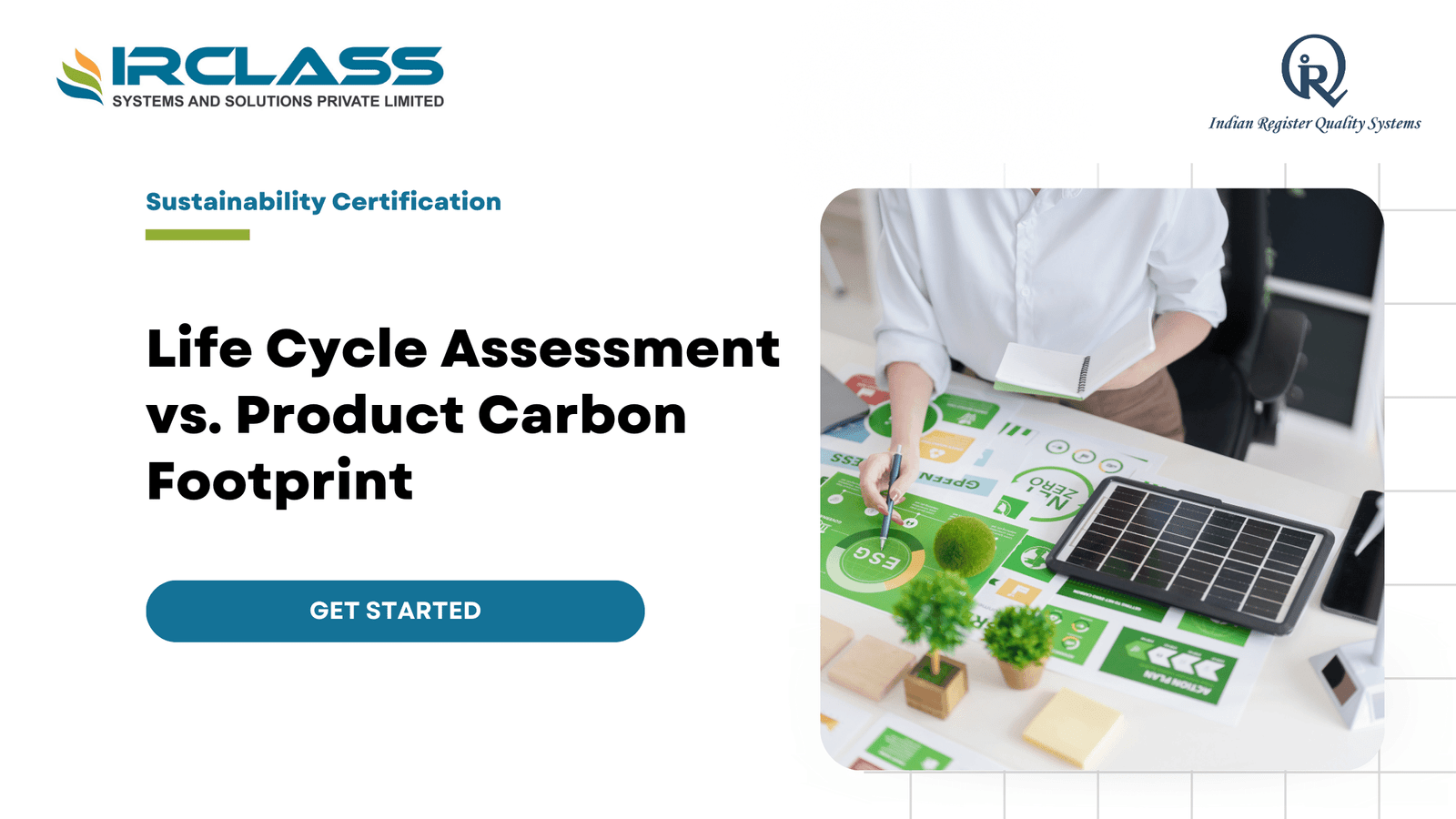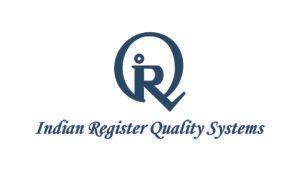Tag: brcgs standard pdf
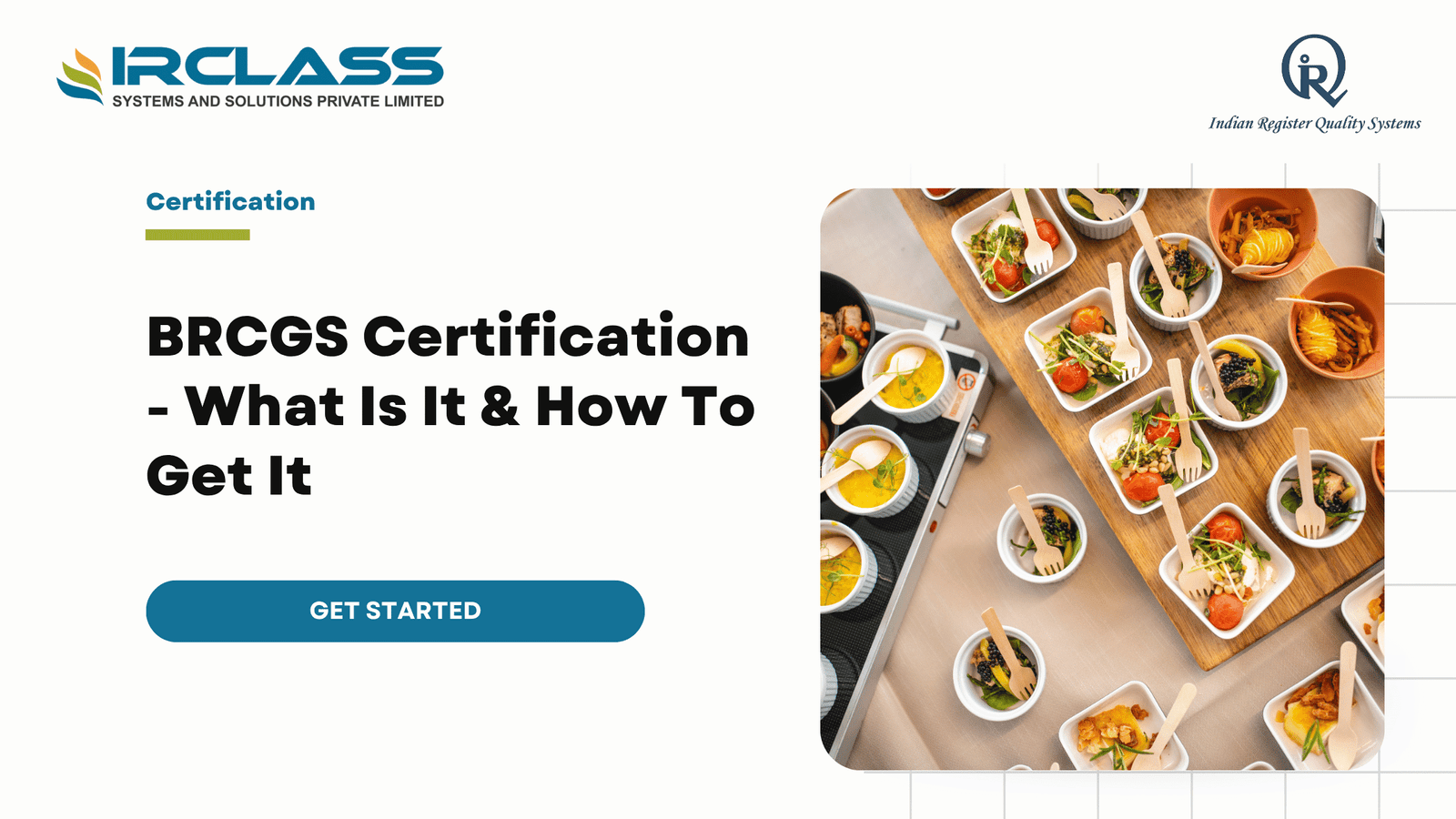
Step-by-Step Guide to BRCGS Certification for Food Businesses
Now that food safety is important both to the law and to customers, businesses in food production must demonstrate their care for quality and hygiene. If you are in the food industry as a manufacturer, processor, packer or distributor, getting a globally accepted certification can increase your reputation and help you access new markets. The BRCGS (Brand Reputation through Compliance Global Standards) certification is a highly respected food safety standard around the globe. Many retailers, manufacturers and food service companies around the world rely on BRCGS certification to manage food safety, quality and comply with laws. What is required to achieve BRCGS certification? This guide explains all the necessary steps, starting with learning about the standard and ending with keeping your business compliant over time. What Is BRCGS Certification? BRCGS is short for Brand Reputation Compliance Global Standards. Originally developed by BRC, it is now a respected brand that establishes strict rules for food safety, packaging, storage, and consumer items around the world. Food manufacturers and processors use the BRCGS Food Safety Standard, which is approved by the GFSI and recognized globally. With certification, food businesses can handle safety, integrity, legality, and quality using an official framework. Besides the badge, it gives retailers, suppliers, and consumers the confidence that your products are the best in the industry. What You Need to Know Getting BRCGS certification gives a business an advantage in the international food market. Retailers and supermarkets may require you to have it. With certification, your internal operations are improved, your team becomes more aware, products are easier to track, and the risk of recalls or legal problems is lowered. Because a single food safety scandal can destroy a brand, having an effective and approved food safety system is now vital. The first step is to learn about the BRCGS Food Safety Standard First, download the latest edition of the BRCGS Global Standard for Food Safety. Read through it carefully to understand what your business will be judged on. The standard is based on various parts, including top management support, HACCP, food safety and quality systems, and good manufacturing practices (GMPs). It is necessary for leadership and quality teams to align with everything the standard sets out—from how documents are handled to how production is managed. Step 2: Perform a Gap Analysis After that, you should conduct a detailed gap analysis. Comparing your current system to the BRCGS requirements is part of this process. A gap analysis points out any issues, non-conformities, or missing processes that may affect your chances of being certified. For every gap, document it and establish a clear plan to fix it. This allows you to start making improvements in your system. Step 3: Develop or Improve Your Processes for Food Safety As soon as areas for improvement are found, update or create your Food Safety Management System (FSMS) to fulfill BRCGS requirements. These policies, procedures, records, and manuals should be based on the standard. Key elements usually include: Your FSMS needs to be carefully organized, recorded, and implemented in daily operations—not just written down. Step 4: Inform and Train Your Workforce Your certification relies on the success of the people you work with. All staff members involved in production, quality assurance, warehousing, and management should be trained on the BRCGS standard and your FSMS. Topics covered in training might include food hygiene, personal hygiene, cross-contamination, cleaning procedures, and the company’s reporting system. It is important to set up training regularly to cover new risks, updates to processes, or changes in the standard. Step 5: Carry Out Internal Audits Conduct internal audits in all departments before the official audit takes place. This gives you a chance to identify areas for improvement and simulate the real audit experience. Review your documentation, observe operations, interview employees, and document findings. Any non-conformities should be investigated and corrected with proper action plans. Step 6: Pick a Certification Body Now it’s time to select a certification body that is BRCGS-accredited. You need to find one with expertise in your sector and the ability to interpret the standard as it applies to your company. Collaborate with your chosen body to set the audit date, assess your readiness, and determine required documentation. Step 7: Plan and Set Up the Certification Audit Most often, your first audit is an announced audit. All parts of your food safety system will be assessed during the audit, including: All clauses in the BRCGS standard will be reviewed by the auditor. The results determine your grade—AA, A, B, or C. A higher grade increases credibility and can influence how often audits are required. Step 8: Address Any Non-Conformities Should non-conformities be found during the audit, don’t panic. You’ll have the opportunity to respond. Submit corrective action plans and supporting evidence within the defined period (usually 28 days). Once your application is approved, your certification will be granted. Step 9: Share Your Certification After receiving your BRCGS certificate, it’s important to share the news. Include the certification in your marketing materials, inform your clients, and update your website. For many retailers and distributors, this certification is a prerequisite to doing business. Step 10: Maintain and Improve Achieving BRCGS certification means committing to continuous improvement. To ensure ongoing compliance: By consistently improving, your business remains compliant, resilient, and ready for growth. Step 11: Recertify Your System Your BRCGS certification is typically valid for 12 months. A recertification audit is required before it expires. This process verifies that your organization maintains consistency and demonstrates ongoing improvement. Depending on your previous performance and risk level, recertification audits may be unannounced. You should always keep your food safety systems audit-ready. Usual Problems and How to Solve Them Some businesses face challenges like staff turnover, missing documentation, or lack of leadership involvement. These can jeopardize your certification efforts. The key to overcoming them lies in: Avoid shortcuts—they may lead to failed audits, financial losses, and damaged reputations. In Conclusion Gaining BRCGS certification is not only about following rules—it’s about enhancing your business.
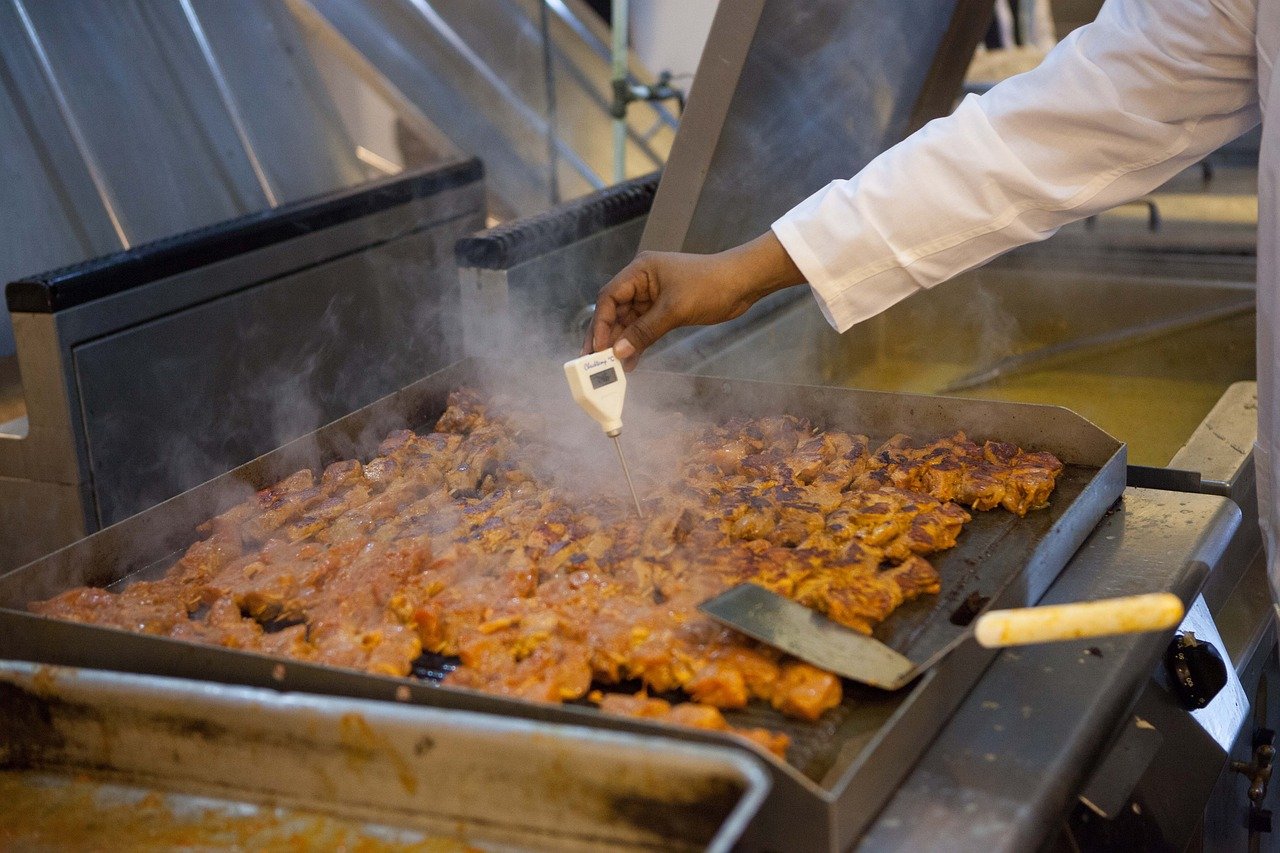
BRCGS Audits: A Step-by-Step Guide for a Seamless Certification Process
The industrial sector for food processing and production is extensive. The various standards related to food safety and quality determine the brand quality. BRCGS or British Retail Consortium Global Standards is the world-famous authorizing agency defining the essential norms for food safety and quality. One can ensure the best quality control and safety measures with BRCGS audits. The integral components of the audit are diverse and the professionals play a pivotal role in the process. One must connect to the top professionals in the industry to meet the highest standards. In the food industry, safety is a pivotal aspect. The essentiality of safety control is beyond a box to tick on a compliance checklist. Food safety is integral for consumers and brands involved in its production. Ensuring product safety and high-grade quality ensures optimal compliance with food safety standards by manufacturers, retailers, and suppliers. BRC standards and audits are part of the ideal industrial practices and frameworks. These help businesses achieve optimal safety and quality status. Achieving BRCGS certification denotes a commitment to excellence and boosts reputation. It is a noteworthy aspect of food safety, quality, and compliance with industry norms is essential. About the BRC standards – A global initiative BRC was established in 1992. The British Retail Consortium or BRC promotes the ideal practices for the food industry amidst evolving landscapes. It defines the regulatory frameworks of UK and EU food safety laws. The BRC Global Standards or BRCGS is a prime global benchmark, promoting food safety and quality programs worldwide. BRC Global Standards is a prominent safety and quality certification program for food products. The standards were developed by the British Retail Consortium, the trade association of the UK retail industry. BRCGS covers an extensive range of food safety and quality concerns. The safety issues include – food safety management systems, product safety, packaging, storage, and distribution techniques. It also delivers a framework for product safety, quality, and operational measures for the food ingredient manufacturing, processing, and packing sector. The BRC Global Standards food safety certification program helps certify suppliers across different countries. Audit and understanding – Both are necessary The BRCGS audit requires an in-depth understanding of the standards defined by the consortium. BRCGS defines various standards tailored to meet the requirements of specific sectors like – food safety, packaging, storage, and distribution. Businesses can review the relevant standards based on the industrial type and product offerings to decide the best. Preparation is necessary to ensure a successful BRCGS audit. Hiring a dedicated team to oversee the certification process is the best approach. They can conduct a gap analysis drill to identify areas the shortcomings. The proactive approach helps implement the corrective actions before the audit commences. 9 Integral aspects – Critical to note BRCGS audit is relevant for organizations meeting the following criteria – The updated standards contain nine core sections, including – Significance of audit – The BRC can improve the safety and quality of food products with the best-in-class and high standards. BRC certification is a necessity for many retailers and suppliers. The certification has helped raise the standard for food safety across the industry. One can ensure the best solution by adhering to the defined benchmarks. The BRC-certified companies can manage and mitigate the risk of food safety incidents, ensuring optimal consumer confidence in their products. Components of BRCGS audit A BRC audit evaluates the compliance and safety status and helps you match them with the BRC Global Standards. It is a comprehensive assessment of the food safety management system, food management processes, and operational procedures for the organization. The audit is conducted by an independent BRC-accredited certification body, ensuring optimal safety and reputational advantage. Make a prudent call. Ensure the best audit services with professional auditors. They have the necessary resources to simplify the process and deliver accurate reports on the food safety index. IRQS is first certification body to receive NABCB Accreditation for BRCGS standard in India. Consider the professional services to ensure optimal accuracy.

The Importance of BRCGS Certification in the Food Industry
Food safety is a vital aspect and matters the most in the food supply chain. It is essential to review the specific packaging material standards because they play a prime role in ensuring food safety and hygiene. It helps an organization to get recognized as a trusted supplier. The BRCGS Global Standard for Packaging Materials is ideal for food-based brands and helps demonstrate the best quality products. Ensure optimal quality assurance, legal compliance, and authenticity with BRCGS certification. About BRCGS – BRCGS was founded in 1996 by Brand Reputation through Compliance Global Standards. The certification is part of a renowned body operating with a set of safety standards and certification schemes across the globe. The BRCGS Food Safety and BRCGS Packaging and Packaging Materials are among the most prominent schemes. BRCGS certification exhibits the best manufacturing practices to be benchmarked. It helps deliver optimal assurance of high quality and safety across the dynamic food supply chains. Both industry specialists and consumers can vouch for the reliability and integrity of the globally acknowledged certificates on food and its ingredients. Prime areas of concern The certification framework has become a world choice and more than 22,000 sites in the world have adopted the BRCGS Global Food Safety Standard. It is recognized by the Global Food Safety Initiative (GFSI). The food certification incorporates international and local regulations and has been developed by food industry experts, including – retailers, manufacturers, and food services organizations. The certification exhibits a robust framework based on the various aspects related to product safety, integrity, legality, and quality. With well-defined operational controls for the manufacturing, ensure the best control over food packaging and food ingredients. BRCGS food safety focuses on – The framework is efficient and covers more than one area of food safety services. The prime aspects are – Food and packaging industry – Know the significance. The BRCGS Packaging Materials Global Standard is ideal for a manufacturer producing packaging materials for different products. The product range can vary from food to consumer goods. It is suitable and specifically designed to provide a world-class standard with maximized efficiency and effectiveness. It is an excellent tool for the packaging industry, and it ensures optimal consumer safety and compliance avoiding legal hassles. This standard was developed by the British Consortium or BRC, in partnership with The Packaging Society. There are two categories of operations, including – BRCGS packaging standard reviewing the following – Capture the vegan market with BGRS. The taste is evolving, and more people are turning vegan and choosing a vegetarian diet. In the fast-growing global plant-based markets, BRCGS brings the ideal solution. It provides a Plant-Based Certification based on the skills, expertise, and scientific knowledge of the food safety programs. The BRCGS plant-based certification program helps the manufacturing units to develop plant-based foods. It is an effective choice for the comprehensive management system approach. The BGRS program includes operational norms that guarantee optimal safety for plant-based products. Ensure the elimination of animal-origin material in vegan food products with maximized quality controls. It is convenient to add to the GFSI benchmarked Food Standard or Global Markets Program on the intermediate level, demonstrating the best commitment to serve the plant-based sector. BRCGS is efficient and keeps the clients informed with the well-documented and designed Plant-Based Trademark. Better business opportunities It is paramount to assess the service potential of food suppliers. One can find an efficient solution to assess the professional capabilities of the suppliers with the certification framework. There are many brand owners, retailers, food service companies, and manufacturers willing to acquire the BRCGS certification. But it needs a systematic solution. Whether it is a local brand or operating in an emerging global market, the BRCGS-certified packaging producer helps significantly. It boosts the product quality to earn customer trust in the long run. Working with a BRCGS-certified packaging producer pushes the standards of product safety. Additionally, it helps reduce waste, complaints, and returns. The practical benefits of the BRGS certification make it the ideal solution for manufacturers in the industry. The BRCGS certification enhances the prospects for a brand and boosts the international recognition for their product quality. It also amplifies the production to the next level. The standard safeguards the brands and consumers, assuring optimal operational guidelines and product quality and safety norms. If you are a food producer, supplier, or distributor and want to associate with large retailers, consider getting certified. The packaging must be BRCGS-certified to meet global standards and expectations. Closing note – Enjoy the diverse benefits. Make the best choice with the globally acknowledged certification and connect a single-standard third-party certification for quality standards and safety evaluation. It will help you reduce the cost, effort, and time. Enhance business performance with systematic solutions and boost the continuous improvement process. It results in increased efficiency of the operational process. Maximize the competitive advantage by following the globally accepted safety norms based on quality, hygiene, and food safety. Explore an opportunity to amplify the business and seek new markets with a robust BRCGS certification. Develop a trustworthy brand and gain customer confidence by establishing a self-improving quality, hygiene, and product safety system. Make the best choice by acquiring the certification systematically.

BRCGS Certification: Improve Food Safety Culture
Food safety culture is a modern term for food safety. It is challenging to define it for organizations with their respective requirements of food safety culture. Dr. Joanne Taylor developed the modern term food safety culture in the Food Safety Culture Excellence Model. Dr. Taylor defined food safety culture as the “prevailing attitudes, values, and practices related to food safety that are taught, directly and indirectly, to new employees”. Global Food Safety Initiative (GFSI) and BRCGS have similar definitions. The GFSI outlines food safety culture as “shared values, beliefs and norms that affect mindset and behavior toward food safety in, across and throughout an organization.” On the other hand, BRCGS delivers a definition of the culture as – “The attitudes, values, and/or beliefs which are prevalent at the site, relating to the importance of product safety, and the confidence in the product safety systems, processes and procedures used by the site.” One can notice the similarities among these definitions. But food safety culture is more than these definitions. It is developed with multiple aspects that are all equally important. Food safety culture is a culture of a business or workplace focusing on all vital aspects of food safety. It demonstrates the ideal standards of safety for all members of staff. Essentiality of food safety Anyone related to the food-based business can recognize the essentiality of food safety and its role within the organization. It is convenient to display and remind the staff to uphold the ideal practices and procedures with the updated food safety culture. It is a straightforward task to monitor compliance with the due diligence checklists. BRCGS Food Safety Issue 9 has elaborated on the concept of food safety culture. It is an indispensable choice for senior management to exhibit a commitment level. It also promotes continuous improvement of food safety culture within an organization during a professional certification or internal audit. Companies with an enhanced opportunity for business can market their food safety culture and get it assessed, during the on-site food safety audit. Boosting the practices of a food safety culture in an organization or business can augment the scope of training on food safety practices for staff. In the long run, it generates benefits such as optimal compliance, zero legal issues and premium safety standards throughout the business, and an engaged workforce. Understanding from the organization’s perspective A well-defined food safety culture will assist the organization score high. One can always be prepared for an unplanned and unannounced audit with a well-defined food safety culture. The significance of food safety leads to fewer costly recalls. In the long run, it impacts the profit and saves the business from potentially brand-damaging food safety accidents. One can avoid loopholes and unprofessional behavior that may result in unsafe food. One can save resources to minimize the expense and manage better. From product recalls, food wastage, legal fees, and damaged reputation – find suitable solutions with the food safety culture. All these are incentives for an organization to implement an excellent food safety culture. Apart from these, food safety culture helps employees feel engaged with their work. Better awareness and knowledge act as bonus pointers for them to act in accordance with the organization’s values and principles. It helps in aligning the staff and makes them better workers and ambassadors for the business in the long run. Food safety culture enhances staff engagement and retention. A company with a mature food safety culture, exhibits a uniform policy about everything in the business, including GMP or Good Manufacturing Practices, leading to business success. About BRCGS – Get an overall idea. BRCGS stands for British Retail Consortium Global Standards. BRCGS was established in 1996 and it was in this year that BRC published the first standard, BRC Food Technical Standard. BRCGS is led by the LGC group, a global life sciences measurement and testing company. BRCGS is a leading global brand essential to strengthen a business. The objective of BRCGS is to promote food safety, for food and non-food industrial categories. The purpose of BRCGS is to implement ideas and proven practices, assure quality, and develop confidence in the supply chain. BRCGS was created by retailers and incorporated by businesses across industries. Simply put, the BRCGS norms ensure product safety and quality and simultaneously safeguard the business from facing any charges by the enforcement authorities. Features that improve the food safety The BRCGS is critical for – Businesses following standard and reliable manufacturing practices can assure their vendors and customers about the safety of their manufactured products. BRCGS certification exhibits that the products are safe, legal, and of premium quality. Here are some stats to prove the point – BRCGS is a benchmark practice in the food industry across the globe. A lot depends on its acceptance at the global level. BRCGS empowers organizations and brands in the food industry to expand across the globe meeting the ideal quality standards. BRCGS offers a structured framework helping you ensure and maintain product safety, integrity, legal compliance, and quality. It streamlines the management of operational activities, including food ingredient manufacturing, processing, packaging materials, etc. Summing the benefits Comply with the food safety norms. With the ever-evolving significance of food safety and the expansion of food and packaging industries at a global level, food safety is an indispensable topic. It is a concerning issue in the current times. Food safety culture is also vital for the ones venturing into the food supply chain, manufacturing, and packaging industry. Ensure customer safety and protect brand reputation with a prudent choice. Get the BRCGS certification with the apt steps.
Search
Useful Links
Recent Posts

What Is Zero Liquid Discharge (ZLD) and How Does It Work?
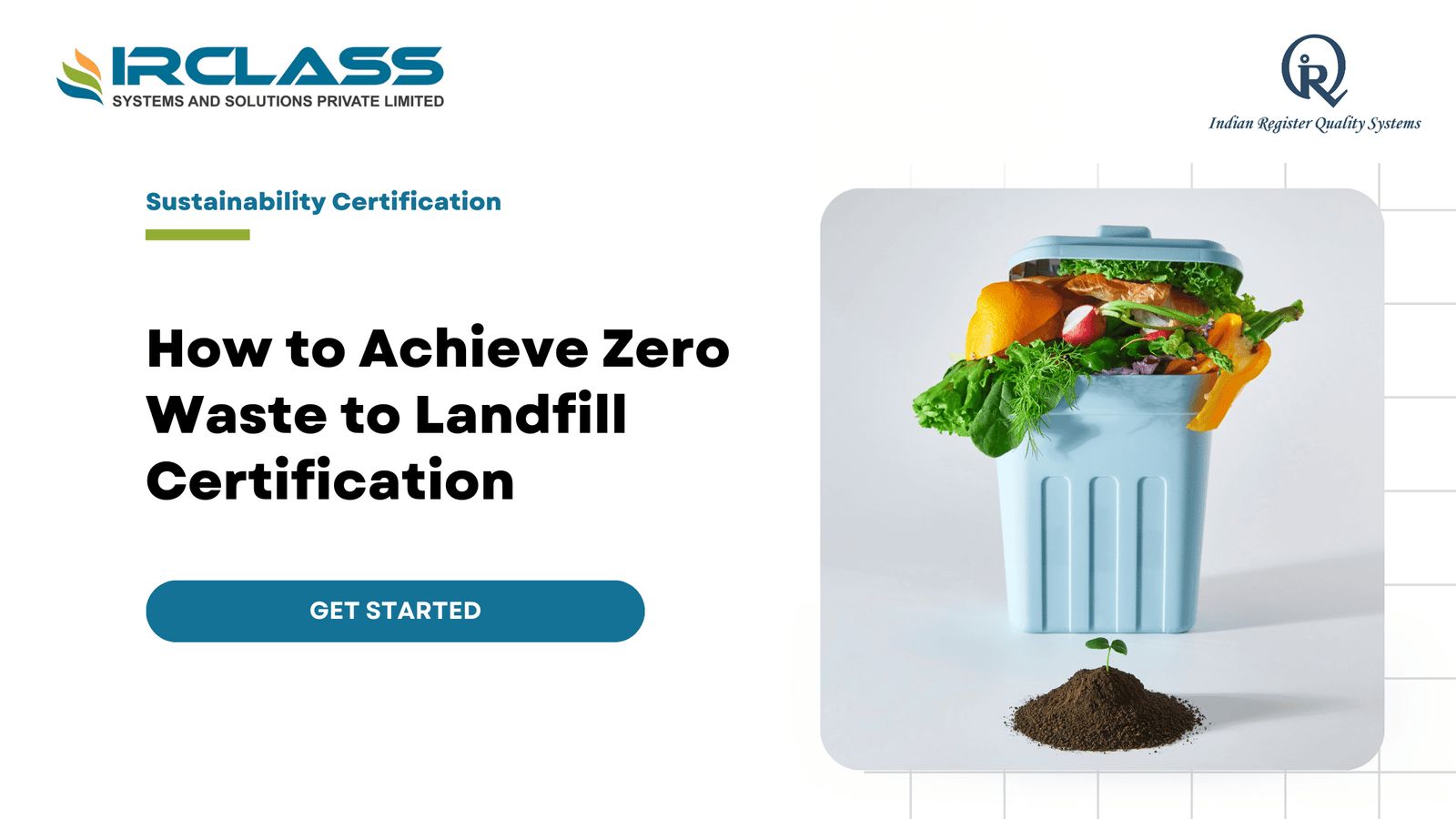
How to Achieve Zero Waste to Landfill Certification: Step-by-Step Guide
